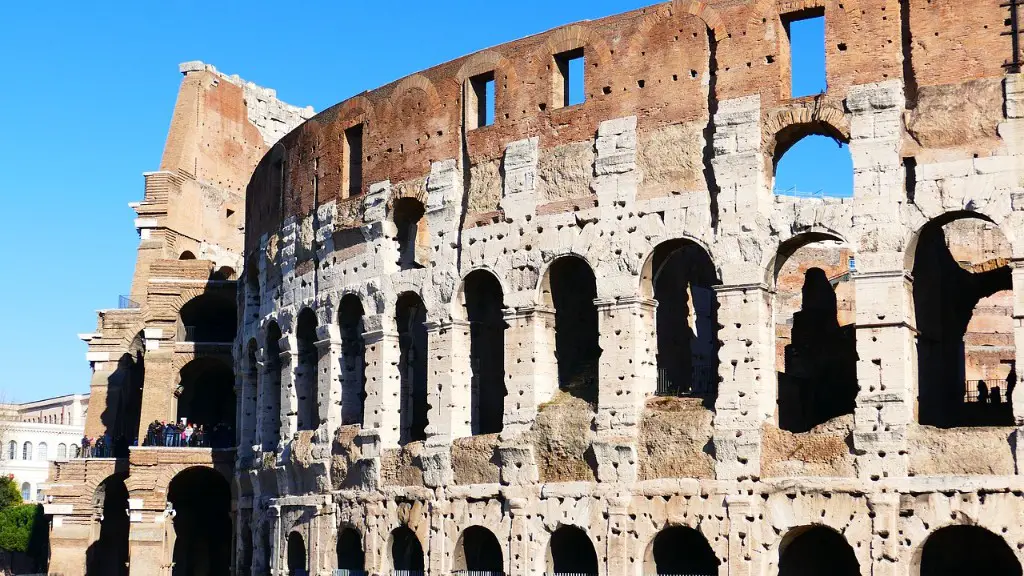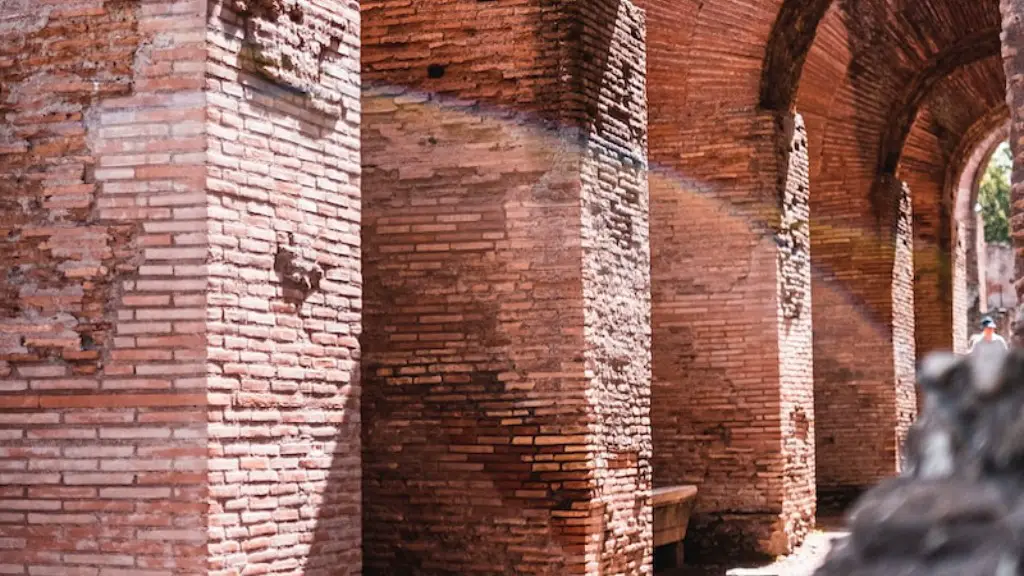Ancient Roman Punishment
Since ancient times, capital punishment, or the death penalty, was a well known and widely used form of punishment for major offences in the Roman Empire. The harshness of the punishments mentioned in Roman law sent a strong message that the law was not to be broken, and the Roman legal system was highly effective in controlling crime and keeping-order in the empire. From public beatings and public humilitation, to the ultimate expcetion of death, punishments in ancient Rome were widely varied, to suit the severity of the crime.
Types of Punishment in Imperial Rome
Capital punishment was a common form of punishment in ancient Rome, used mainly for violent criminals and criminals guilty of treason. However, it wasn’t the only type of punishment used. Fines, forced labour and exile were used for less-serious crimes. An interesting form of punishment used was the wearing of a ‘toga pulla’; a toga dipped in black or purple dye. It was worn by people who had disobeyed codes of behaviour set out by Roman society, such as adulterers, as a warning to others. Another punishment which carried great humiliation was the ‘porta iniusta’ (incorrectly entered gate) which was when a criminal had to pass through an entrance to a public place on all fours, and then have stones thrown at them.
Death by Beasts and Burning
Death sentences, specifically, could be carried out in various ways. A brutal punishment was when the accused were thrown to wild cats or beasts in an arena, also known as ‘bestiarii’. Another was crucifixion, where the accused were nailed up on a cross, often in a public area, to serve as a warning to others. Burning was carried out on occasions, but it was the least-popular of death penalty sentences. In some cases, the accused would be put to death by stoning or strangulation.
The Punishment of Slaves
Slaves were considered possessions rather than people under Roman law and so, imprisonment was not an option for them and instead, physical punishment was used for disobedience or for small crimes. Whipping, branding, maiming and torture were very commonly used. If a slave had committed an intolerable offence, they could be condemned to a punishment known as ‘interdicere aqua et igni’, which literally translates as ‘excluding them from water and fire’. This meant that the slave was internationaly outcast. They could be killed by their master, but public executions were rare.
Current Laws on Capital Punishment
Nowadays, although still a hot topic of debate, the death penalty is usually given for crimes such as murder, terror-related activities and treason; very much in line with crimes in ancient Rome. As of 2019, nearly 100 countries had slightly varying laws on the death penalty and although not all of them are in use, abolition of the death penalty remains a heated issue in certain countries, most notably the United States of America. Every year, the United Nations Human Rights Committee passes a resolution to abolish the death penalty worldwide, however this has so far failed due to strong opposition.
Influence of Ancient Roman Law
It is undeniable that the Romans, who pursued a policy of ‘lex talionis’ (a law of retaliation), made a huge, long-lasting impact on European legal systems. In some forms, the Roman legal codes still apply today and still serve as the foundation of modern laws in most western countries. Their influence remains largely unchanged, and it is likely that they will be remembered and respected for centuries to come.
The Use of Capital Punishment Today
Modern debates around the death penalty are generally in defence of it or opposition of it, but the issue is more complex than simply considering it to be morally correct or incorrect. Some cite potential flaws in the judiciary system which can lead to the execution of innocent people, while others argue that it acts as a strong deterrent and is crucial for order and justice within a society. It is up to the individual to decide where they stand on this issue.
Arguments for and against Capital Punishment
Those in favour of capital punishment generally argue that it helps to deter future crime and provides a sense of closure and justice for the victims’ families, whereas opponents believe it to be a cruel and inhuman punishment, and one that is used disproportionately on poor and ethnic minority offenders. Some argue that it is not a good use of resources, whilst others insist that the death penalty is necessary in order to deter those who could potentially hurt or kill innocent people.
The Morality of Capital Punishment
Capital punishment has a long and controversial history and there are those who argue that it is fundamentally wrong and that the death penalty does not have any place in the modern world. Supporters of capital punishment, on the other hand, insist that it is a necessary and effective aspect of a functioning criminal justice system. There is no denying that capital punishment can be cruel and unusual, but there are those who insist that it is the only punishment suitable for the most heinous of offences.
Public Opinion on Capital Punishment
The death penalty continues to be a contentious issue, with public opinion often divided. Although a majority of the population in some countries such as the US support capital punishment, the death penalty is generally more popular in those states which have a relatively low crime rate. On a global scale, the number of abolitionist countries has significantly increased due to the work of certain human rights groups. Nevertheless, the issue of capital punishment continues to divide people today, much like it did in Ancient Rome.


